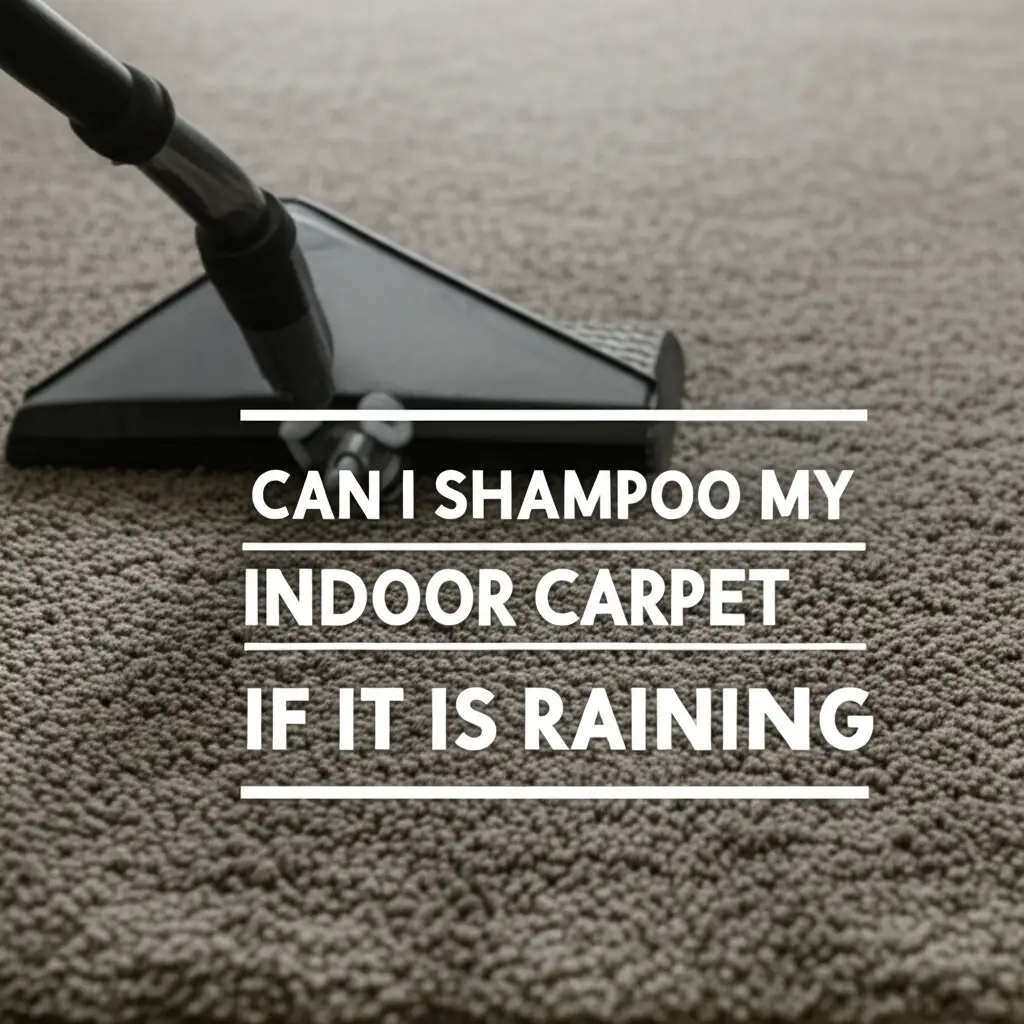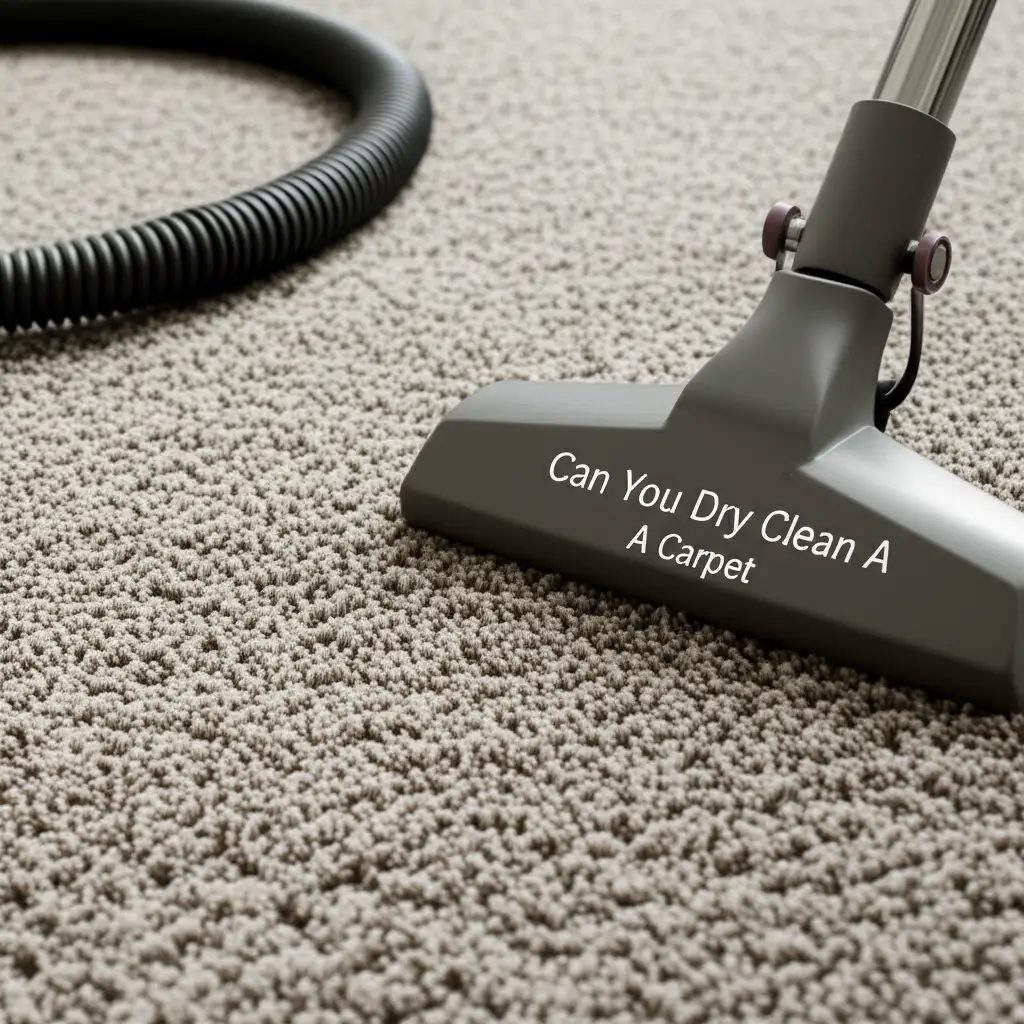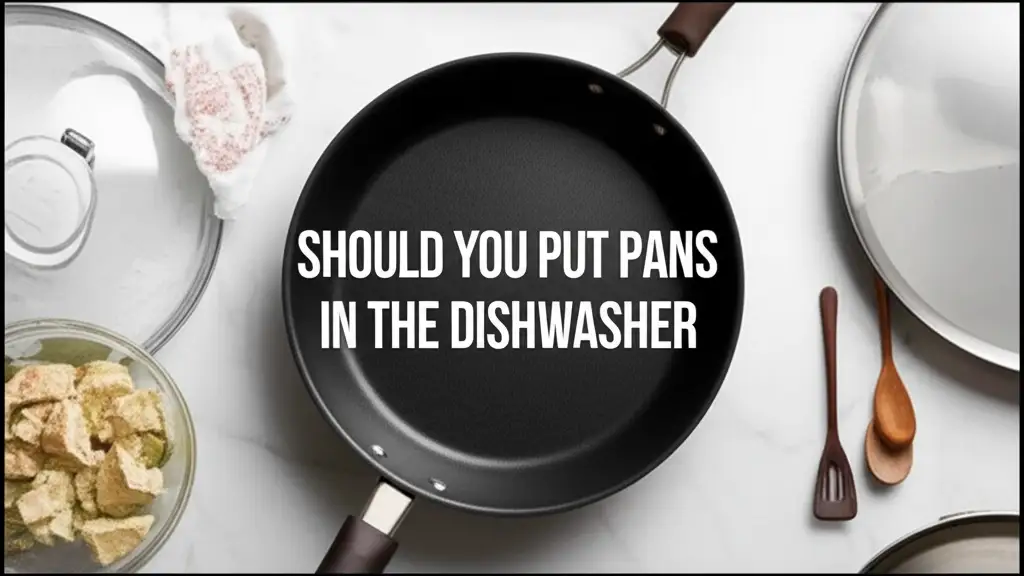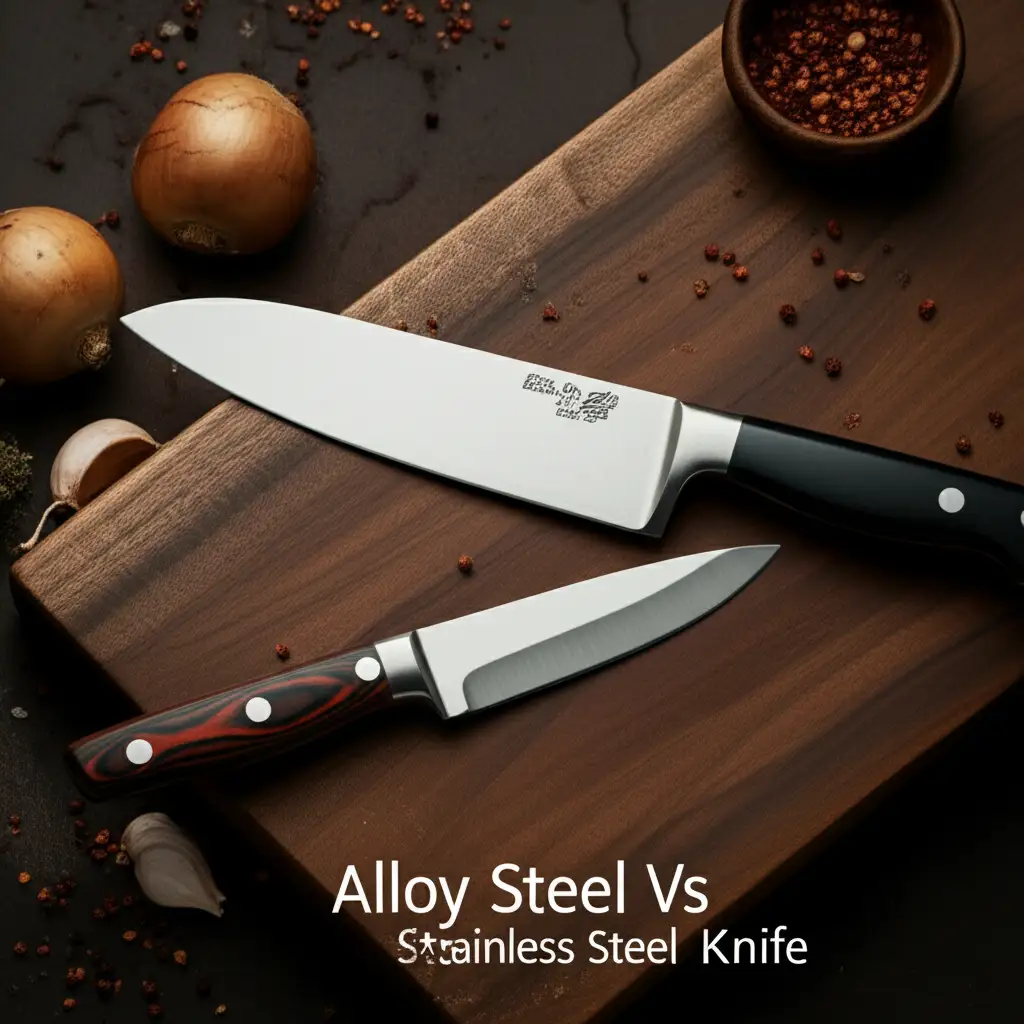· Tessa Winslow · Shopping Guide · 19 min read
How Much Are Moroccan Rugs In Morocco
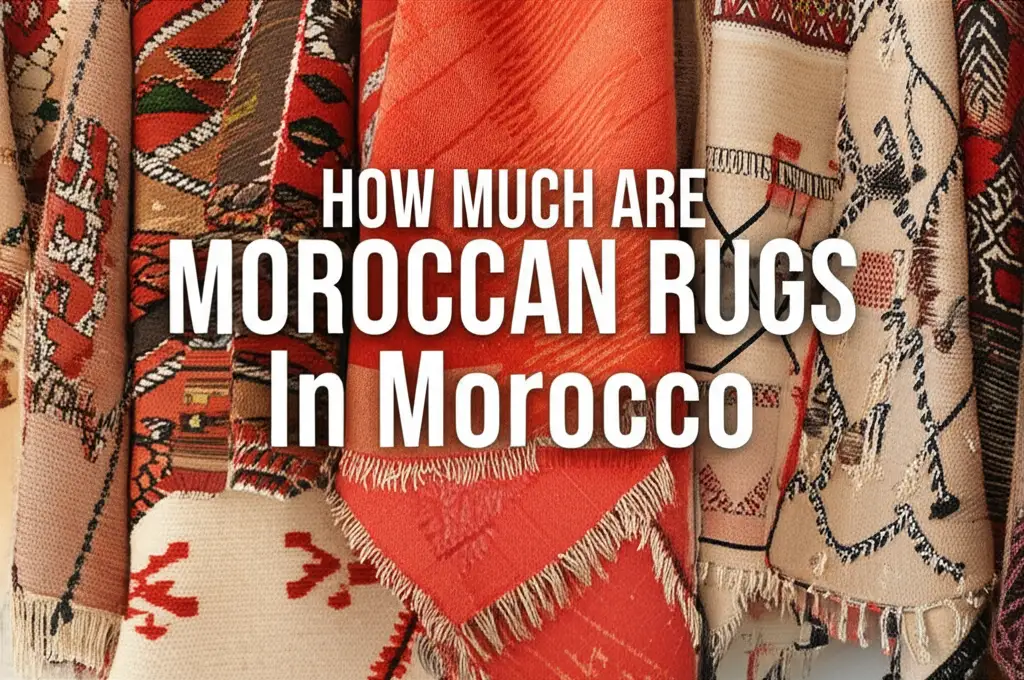
How Much Are Moroccan Rugs In Morocco? Your Definitive Guide
Imagine stepping into a vibrant souk in Morocco, the air filled with spices and the murmur of conversations. Your eyes land on a stunning, hand-knotted rug, rich in color and history. You feel an instant connection, but a crucial question pops into your head: How much are Moroccan rugs in Morocco? This question is common for travelers and home decorators alike. Knowing rug prices in Morocco is important. It helps you make a good decision.
Buying a Moroccan rug in its homeland is an unforgettable experience. It offers a chance to own a piece of art and culture. This article will help you understand the true value of these beautiful textiles. We will explore factors influencing their cost. We will discuss different types of rugs and where to find them. You will learn negotiation strategies. This guide gives you everything you need to buy a Moroccan rug with confidence.
Takeaway
- Understanding Value: Rug prices depend on type, age, material, weave, and size.
- Common Types: Beni Ourain, Azilal, Boujad, and Kilim rugs have distinct price ranges.
- Where to Buy: Cooperatives and reputable shops offer better quality and fairer prices than aggressive souk vendors.
- Negotiation is Key: Expect to haggle; it is a part of the Moroccan buying experience.
- Ensure Authenticity: Look for natural materials, traditional dyes, and irregular weaves.
What is a fair price for Moroccan rugs in Morocco?
The price of Moroccan rugs in Morocco varies significantly based on type, size, age, material, and craftsmanship. A small, modern Boucherouite rug might cost $100-$300, while a large, vintage Beni Ourain could range from $1,500 to over $10,000. Generally, prices are 30-50% lower than in Western markets for comparable quality, but negotiation is essential.
Understanding Moroccan Rug Value: Key Factors
When you begin to look at Moroccan rugs, many things affect their price. These factors determine how much you will pay. Knowing them helps you understand the true value. It also helps you spot a good deal.
First, the type of rug is a major factor. Different tribes and regions create rugs with unique styles and patterns. For example, a Beni Ourain rug from the Atlas Mountains has a different value than a colorful Boujad rug. Each type uses distinct weaving techniques and materials. This affects the production cost.
Second, the age and condition of the rug matter. Vintage or antique rugs are often more expensive. They carry history and show unique wear. However, a rug in poor condition will cost less. New rugs are also valuable. Their price depends on the quality of their materials and craftsmanship.
Third, the material used directly impacts the price. Most authentic Moroccan rugs are made from 100% natural wool. High-quality wool, especially from specific sheep breeds, feels soft and durable. It holds dye well. Some rugs may include cotton or synthetic fibers. These blends are usually less expensive. Pure wool rugs are the most sought after.
Fourth, the density and quality of the weave play a crucial role. A tightly woven rug with a high knot count takes longer to make. It uses more material. This higher craftsmanship makes the rug more durable and more expensive. A loosely woven rug will be cheaper. You can check the back of the rug to see the knot density.
Finally, the size of the rug is a straightforward pricing factor. Larger rugs naturally require more material and more labor. They will always cost more than smaller pieces of the same quality. Keep the space where you plan to use your rug in mind. Consider how a rug can transform your living space. How to use rugs to decorate explores this further.
Types of Moroccan Rugs and Their Price Ranges
Moroccan rugs come in many styles. Each type has its own distinct look and price range. Understanding these differences helps you make an informed choice. It also prepares you for the prices you might encounter.
Beni Ourain rugs are perhaps the most famous. They come from the Beni Ourain tribes in the Atlas Mountains. These rugs are known for their thick, plush pile and creamy white or ivory wool. They feature simple geometric patterns in black or dark brown. These patterns often tell a story or symbolize tribal life. Due to their popularity and pure wool quality, Beni Ourain rugs are typically the most expensive. A good quality new Beni Ourain rug can cost anywhere from $800 for a small size (5x7 feet) to $5,000-$8,000 for a large (8x10 feet or larger) or vintage piece. I have seen truly exceptional, large vintage pieces go for over $10,000.
Azilal rugs are also from the Atlas Mountains. They are similar to Beni Ourain but often incorporate more vibrant colors. Azilal rugs feature abstract, often asymmetric patterns. They use various shapes and symbols. The wool pile is typically shorter than Beni Ourain. Prices for Azilal rugs usually range from $400 for a smaller rug to $2,500 for a larger, complex design. Their unique artistry makes them very desirable.
Boujad rugs are known for their rich, warm colors. They use reds, oranges, and pinks. These rugs often have abstract, irregular patterns. They use recycled textile scraps, which gives them a unique texture and feel. Boujad rugs are typically flatweave or low pile. Their prices are generally more affordable, ranging from $200 for a small one to $1,500 for a larger, intricate piece. They add a bohemian touch to any room.
Kilim rugs are flat-woven rugs, meaning they have no pile. They are durable and reversible. Kilims are famous for their bold geometric designs and bright colors. They are often used as floor coverings, wall hangings, or even blankets. Because they are flat-woven, they use less material than piled rugs. This makes them generally more affordable. Prices for Kilims can range from $150 for a small rug to $1,000 for a large, detailed one.
Boucherouite rugs are perhaps the most unique. They are made from recycled fabrics like cotton, nylon, or even old clothing. This gives each rug a truly one-of-a-kind appearance. They are often very colorful and abstract. Boucherouite rugs are a testament to Moroccan women’s resourcefulness. They were traditionally made for personal use rather than sale. Their prices vary greatly based on size, complexity, and the artistry involved. Expect to pay between $100 for a small piece and $800 for a large, intricately designed one. I find these rugs fascinating because of their history and unique texture.
Understanding these types helps you appreciate the diverse world of Moroccan rugs. It also gives you a baseline for pricing. You can often find many of these types in one place.
Where to Buy Moroccan Rugs in Morocco: Markets vs. Cooperatives
Finding the perfect Moroccan rug requires knowing where to look. Your choice of vendor can significantly affect the price and authenticity. I always recommend exploring different options. This helps you compare.
The souks (traditional markets) are the most famous places to buy rugs. Marrakech and Fes have large, sprawling souks. They offer an overwhelming array of rugs. Here, you will find many vendors. Each vendor has a small shop filled with rugs. The atmosphere is vibrant and exciting. However, souks can also be challenging. Vendors are often very persuasive. Prices are not fixed. You need strong negotiation skills. It is common for initial prices to be much higher than the rug’s actual value. I have seen prices drop by 70% or more after negotiation. Be prepared to walk away if the price is too high.
Rug cooperatives offer a different buying experience. These are often found in or near the Atlas Mountains. They are also present in larger cities. Cooperatives are run by the weavers themselves or by local families. They aim to provide fair wages to artisans. Prices at cooperatives are generally more transparent. They might seem higher at first glance than an aggressively negotiated souk price. However, you are often paying for guaranteed authenticity and direct support for the weaving communities. The quality is also often very high. You can sometimes see the women weaving the rugs. This adds to the experience.
Fixed-price shops and boutiques are another option. These are typically found in more tourist-heavy areas or upscale neighborhoods. The prices are clearly marked. There is no negotiation. These shops offer convenience and a hassle-free experience. The prices are usually higher than what you might get through negotiation in a souk or at a cooperative. However, they offer a curated selection and often provide shipping services. These can be good if you are short on time.
When I shop for rugs, I prefer cooperatives for their transparency and authenticity. Yet, I also enjoy the thrill of negotiating in the souk. No matter where you buy, inspect the rug carefully. Check the quality of the wool and the density of the knots. Ask about the rug’s age and origin. Knowing how to maintain your purchase is also important. How to clean area rugs inside offers helpful advice.
Haggling and Negotiation Tips for Buying Moroccan Rugs
Negotiation is a fundamental part of buying Moroccan rugs in Morocco. It is not just about getting a lower price. It is also a cultural exchange. Embracing this process makes the experience more enjoyable. I find it like a friendly game.
First, do your research before you go. Understand the approximate value of different rug types. This knowledge gives you confidence. It helps you recognize a fair price. Do not show too much interest in one specific rug right away. Look around casually.
Second, start with a low offer. Vendors expect you to haggle. Their initial price will be much higher than what they expect to sell for. A good starting point is usually 30-50% of their first offer. From there, you work your way up slowly. Never offer your maximum price first.
Third, be patient and friendly. Do not rush the process. Enjoy a cup of mint tea if offered. Build a rapport with the seller. A polite and respectful approach often leads to a better deal. Avoid being aggressive or disrespectful. This can ruin the negotiation.
Fourth, know when to walk away. If the price is still too high, or you feel pressured, simply thank the seller and leave. Often, they will call you back with a better offer. This is a common tactic. Do not feel bad about leaving. There are many rugs and sellers.
Fifth, do not convert currency constantly. Mentally decide on a price range in your own currency. Then convert it to Moroccan Dirhams. Constantly converting can make you seem unsure. It can also slow down the negotiation.
Sixth, inspect the rug thoroughly during the negotiation. Check for any damage, stains, or uneven weaving. Make sure the colors are consistent. Ask about the materials used. If the rug is wool, ask if it is pure wool. Ensure it is free of pests. For wool rugs, knowing how to get rid of moths in wool rugs can be useful after purchase.
Remember, the goal is a price that makes both you and the seller happy. A fair deal means you feel good about your purchase. The seller also feels good about their sale. I always walk away feeling I got a unique item and had a fun experience.
Authenticity and Quality: Ensuring You Get a Real Moroccan Rug
When you buy a Moroccan rug, you want to be sure it is authentic. Many rugs are sold as “Moroccan” but are not handmade in Morocco. Knowing what to look for protects your investment. It also ensures you get a true piece of Moroccan heritage.
First, check the material. Authentic Moroccan rugs are almost always made from 100% natural wool. The wool should feel soft, thick, and durable. Run your fingers through the pile. It should not feel synthetic or too thin. You can even smell the rug. Natural wool has a distinct, earthy scent. If it smells like chemicals, it might not be pure wool or natural dyes.
Second, examine the knotting and weave. Handmade rugs have slight imperfections. Machine-made rugs have perfect, uniform knots. Look at the back of the rug. You should see individual knots, not a flat, smooth surface. The lines might not be perfectly straight. The patterns might have slight variations. These are signs of a human hand. The density of the knots also indicates quality. More knots per square inch mean a finer, more durable rug.
Third, look at the dyes. Traditional Moroccan rugs use natural dyes. These dyes come from plants, insects, or minerals. Natural dyes often have subtle variations in color within the same shade. This creates a beautiful, aged look over time. Synthetic dyes tend to be uniformly bright. They can also fade faster. Ask the seller about the dyes used. A reputable seller will know.
Fourth, consider the edges and fringes. The fringes on authentic Moroccan rugs are an extension of the rug’s warp threads. They are not sewn on separately. The edges, or selvages, should be hand-finished and secure. They often show small irregularities. This is another sign of handcrafted quality.
Fifth, ask about the rug’s origin. Reputable dealers will know where the rug came from. They will know which tribe made it. They will know its age. Do not be afraid to ask questions. A good seller will be happy to share the rug’s story. If a seller is evasive or cannot answer simple questions, it is a red flag.
Finally, trust your intuition. If a deal seems too good to be true, it probably is. Authentic, high-quality Moroccan rugs are an investment. They should not be extremely cheap. Take your time. Compare different rugs. Buying an authentic rug is a rewarding experience. It gives you a piece of art that will last for generations. I always feel a sense of pride when I find a genuine piece.
Shipping Moroccan Rugs Home: Costs and Logistics
You found the perfect Moroccan rug. Now you need to get it home. Shipping a rug from Morocco involves understanding the costs and logistics. This helps you avoid surprises. I always factor this into my total budget.
First, consider the size and weight of the rug. These are the primary factors determining shipping cost. A small Beni Ourain rug will be much cheaper to ship than a large, thick one. Some vendors can vacuum-seal rugs to reduce their volume. This can significantly lower shipping costs. Always ask if this is an option.
Second, choose your shipping method. Most rug sellers, especially those in larger cities or cooperatives, can arrange international shipping for you. They typically use reputable couriers like DHL, FedEx, or UPS. These services offer tracking and insurance. This gives you peace of mind. The cost will vary depending on the destination country and the chosen speed of delivery. Economy shipping is cheaper but takes longer. Express shipping is faster but more expensive.
Third, understand customs and duties. When your rug enters your home country, you might be subject to import duties or taxes. These charges vary widely by country. It is important to research your country’s regulations beforehand. The seller should provide a commercial invoice. This invoice lists the rug’s value. This helps with customs clearance. Sometimes, a rug might be considered a “folk art” item, which could affect duties. However, always be prepared for potential fees.
Fourth, get shipping quotes from multiple sources. If the seller offers to arrange shipping, ask for a clear breakdown of costs. Compare this with quotes you might get from independent shipping companies in Morocco. Sometimes, the seller’s quote is competitive. Other times, you might find a better deal yourself. Always ensure the quote includes insurance. This protects your investment during transit.
Fifth, plan for delivery. Make sure someone is available to receive the rug at your home address. Large rugs can be heavy and require assistance to move. If you live in an apartment, confirm delivery procedures. Also, consider the unboxing. The rug might be tightly packed. Allow it time to unroll and relax. Once it arrives, you can truly admire your new acquisition. Knowing about general rug care, such as what type of area rugs are best for carpet if you plan to layer, can be useful.
The True Cost: Beyond the Price Tag of a Moroccan Rug
When considering the cost of Moroccan rugs in Morocco, it is important to look beyond the initial purchase price. The true cost includes various elements that contribute to its long-term value and your satisfaction. Thinking about these aspects helps you appreciate your rug more fully.
First, there is the cost of maintenance and care. Moroccan rugs, especially those made of wool, are durable. However, they need proper care to last. Regular vacuuming is important. Occasional professional cleaning is also necessary. This prevents dirt buildup and preserves the wool. Over time, these cleaning costs add to the total investment. Ignoring maintenance can shorten the rug’s life. Make sure you understand how to clean a rug properly. Are you only supposed to vacuum rugs? No, there are other important steps.
Second, consider the longevity and durability of the rug. A high-quality, authentic Moroccan rug is an heirloom. It can last for generations. The initial investment might seem high. However, when you spread that cost over many years, the annual cost becomes very low. A well-made rug will withstand daily wear and tear. It will retain its beauty for decades. This makes it a sustainable and valuable purchase. Cheap, mass-produced rugs may seem like a bargain. But they often wear out quickly. This forces you to replace them sooner.
Third, the cultural and artistic value is immense. Each Moroccan rug tells a story. It reflects the traditions, beliefs, and daily lives of the Berber women who weave them. Owning such a rug is like owning a piece of history. It connects you to a rich cultural heritage. This intangible value is hard to put a price on. It adds a deep layer of meaning to your purchase. When I look at my own Moroccan rugs, I think of the skilled hands that made them.
Fourth, environmental impact is another consideration. Hand-knotted rugs made from natural materials like wool are environmentally friendly. They are biodegradable. Their production typically involves less energy than synthetic alternatives. They support local, artisanal economies. This contributes to sustainable practices. This contrasts with industrial rug production.
Finally, there is the emotional satisfaction of owning a unique item. A Moroccan rug is not just a floor covering. It is a work of art. It adds warmth, character, and a unique focal point to your home. It can be a conversation starter. The joy of having a one-of-a-kind piece, knowing its story, adds immeasurable value. When you buy an authentic rug, you bring a piece of Morocco into your home. This makes the overall cost feel worthwhile. I cherish the memories associated with buying each of my rugs.
FAQ Section
Is it cheaper to buy rugs in Morocco than elsewhere?
Yes, generally, it is significantly cheaper to buy Moroccan rugs in Morocco. Prices can be 30-70% lower than in Western markets like the U.S. or Europe. This difference is due to cutting out middlemen, lower labor costs, and direct access to weavers. However, you must be prepared to negotiate effectively to secure the best prices.
How do I know if a Moroccan rug is authentic?
To determine authenticity, check the material; it should be 100% natural wool. Examine the back for irregular, hand-tied knots, not perfect machine stitches. Look for natural dye variations and hand-finished fringes. Ask the seller about the rug’s origin and the tribe that made it. Genuine rugs show slight imperfections from being handmade.
Can I negotiate rug prices in Morocco?
Yes, negotiation is expected and a key part of the buying experience in Moroccan souks. Vendors typically start with high prices. You should counter with a much lower offer, usually 30-50% of their initial price. Be patient, friendly, and willing to walk away if you do not reach a fair price.
What is a fair price for a Beni Ourain rug?
A fair price for a new, good quality Beni Ourain rug in Morocco can range from $800 for a small (5x7 feet) to $5,000 or more for a large (8x10 feet+) or vintage piece. Prices depend on wool quality, knot density, age, and unique design. Always compare prices and negotiate based on your budget and the rug’s characteristics.
How much does shipping a rug from Morocco cost?
Shipping costs vary based on the rug’s size, weight, destination, and chosen shipping speed. Small rugs might cost $100-$300 to ship, while large rugs can cost $500-$1,000+. Major couriers like DHL or FedEx are often used. Always get a clear quote including insurance and be aware of potential import duties in your home country.
What are the main types of Moroccan rugs?
The main types of Moroccan rugs include Beni Ourain, known for their creamy wool and black/brown geometric patterns; Azilal, with vibrant colors and abstract designs; Boujad, featuring warm reds and irregular patterns; Kilim, which are flat-woven with bold geometric designs; and Boucherouite, made from recycled fabrics with unique, abstract patterns.
Conclusion
Understanding “How Much Are Moroccan Rugs In Morocco” is about more than just the price tag. It is about recognizing the value of craftsmanship, culture, and history woven into each piece. We explored the key factors that influence rug prices, from type and material to age and weave density. You now know the typical price ranges for popular Moroccan rug styles like Beni Ourain, Azilal, and Boujad. I hope you feel prepared to navigate the vibrant markets.
Remember, buying a Moroccan rug is an experience. Be patient, enjoy the negotiation process, and always strive for a fair deal. Ensure you check for authenticity by examining the wool, knots, and dyes. Factor in shipping costs and potential import duties. The true cost of a Moroccan rug extends to its longevity, its cultural significance, and the joy it brings to your home. It is an investment in art and tradition. I encourage you to embark on this unique shopping journey. Find a rug that speaks to your heart. It will be a cherished part of your home for many years.
- Moroccan rugs in Morocco
- Moroccan rug prices
- buying rugs in Morocco
- authentic Moroccan rugs
- rug prices Fes
- rug prices Marrakech


